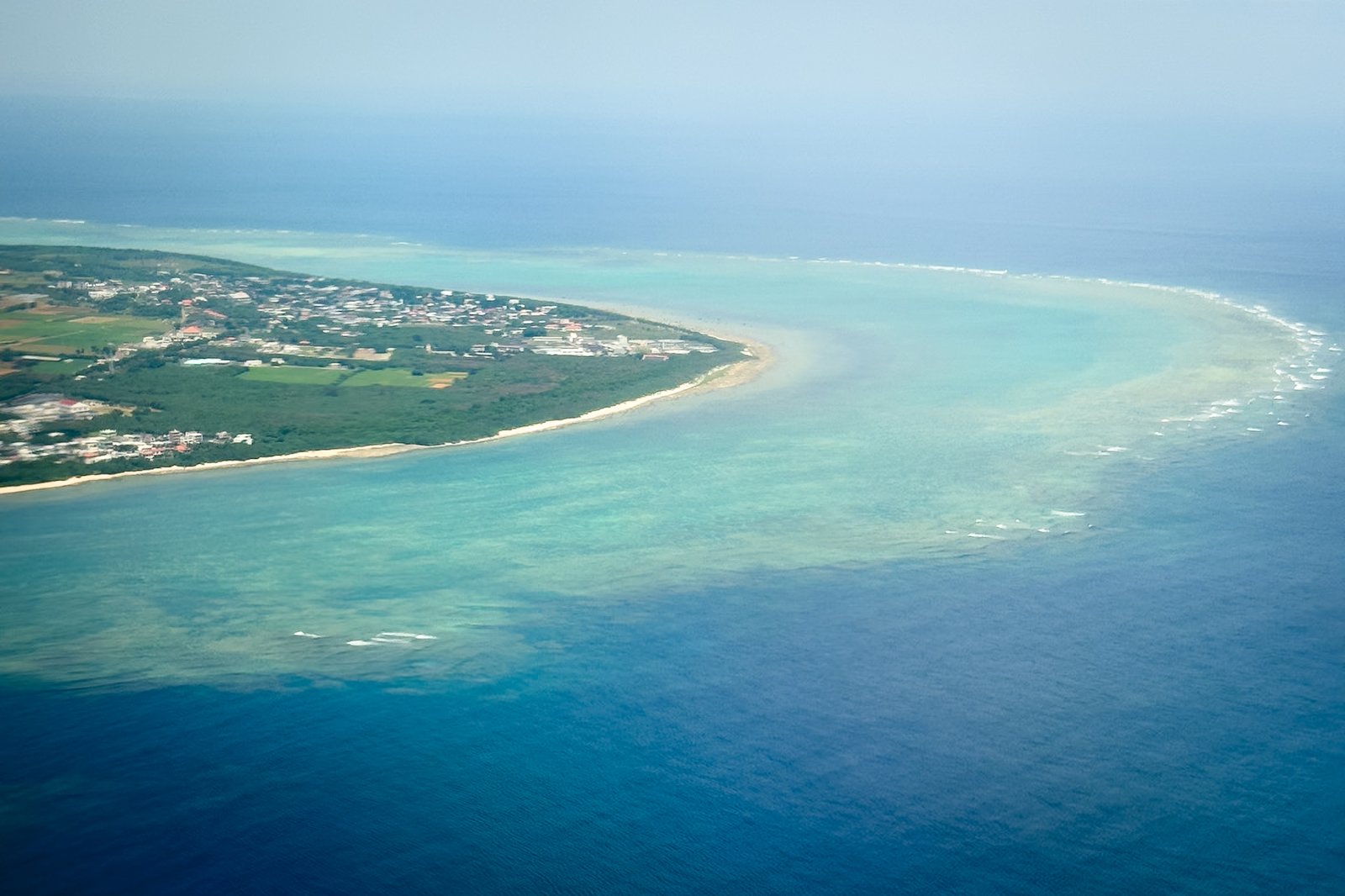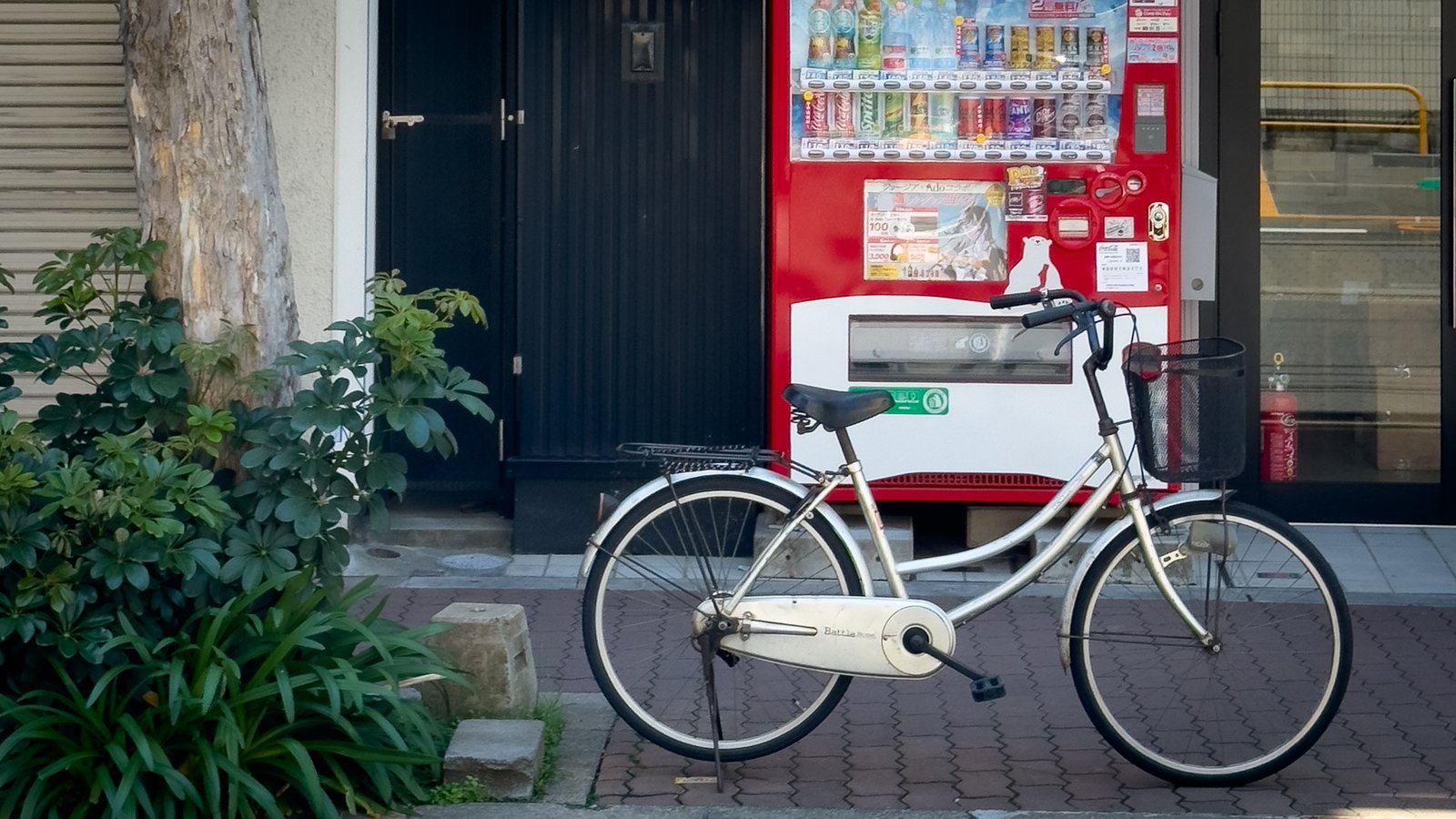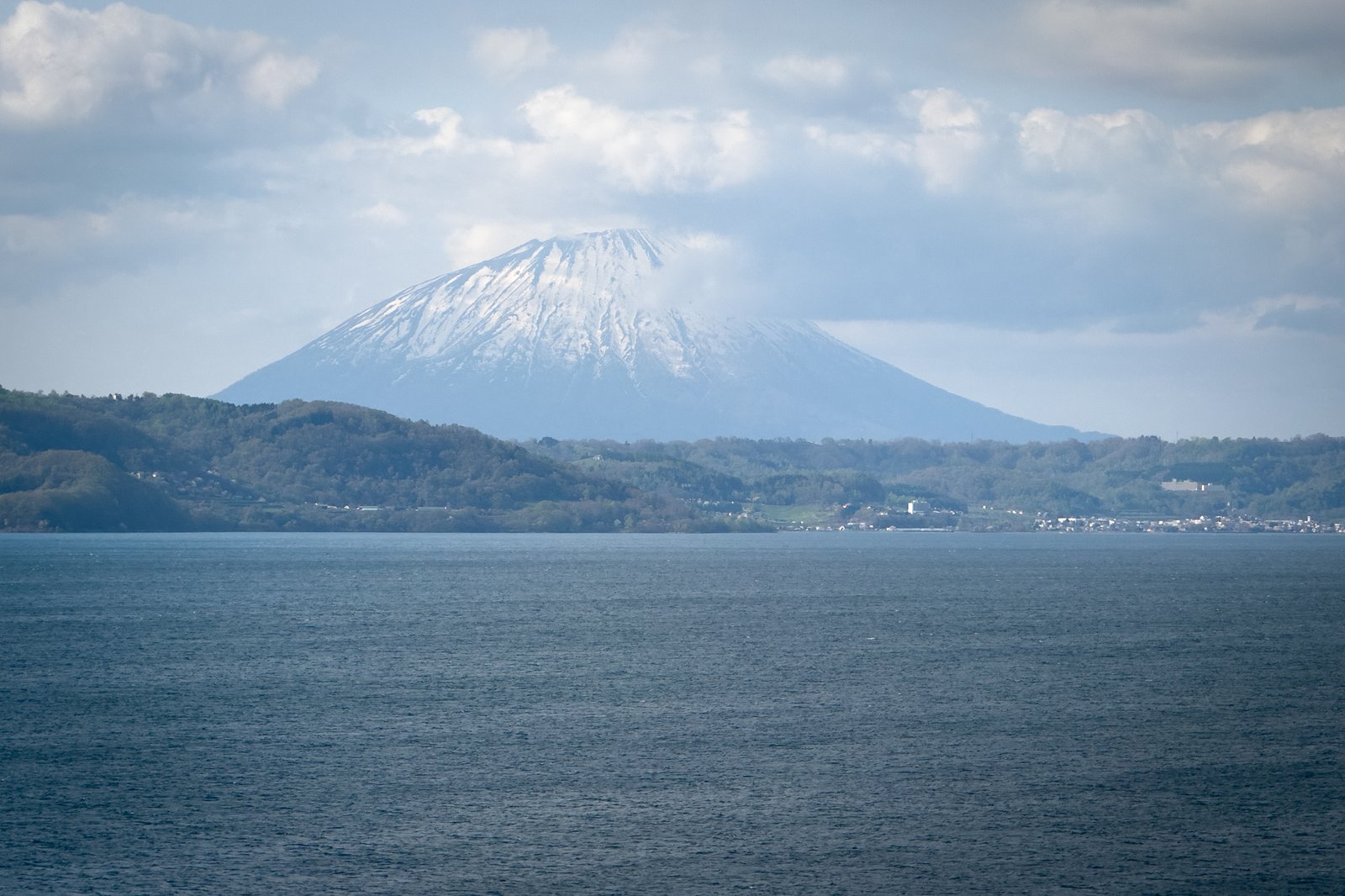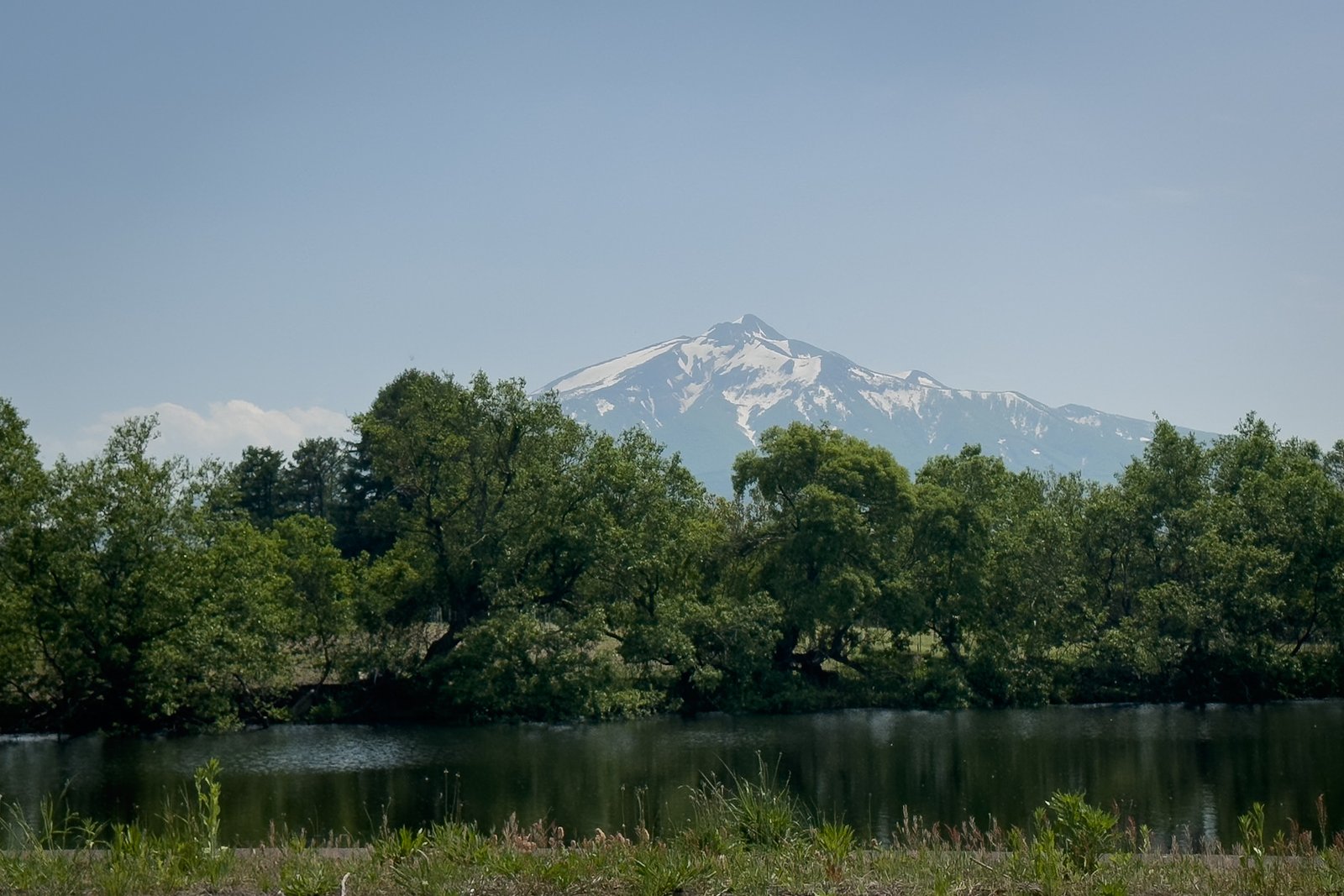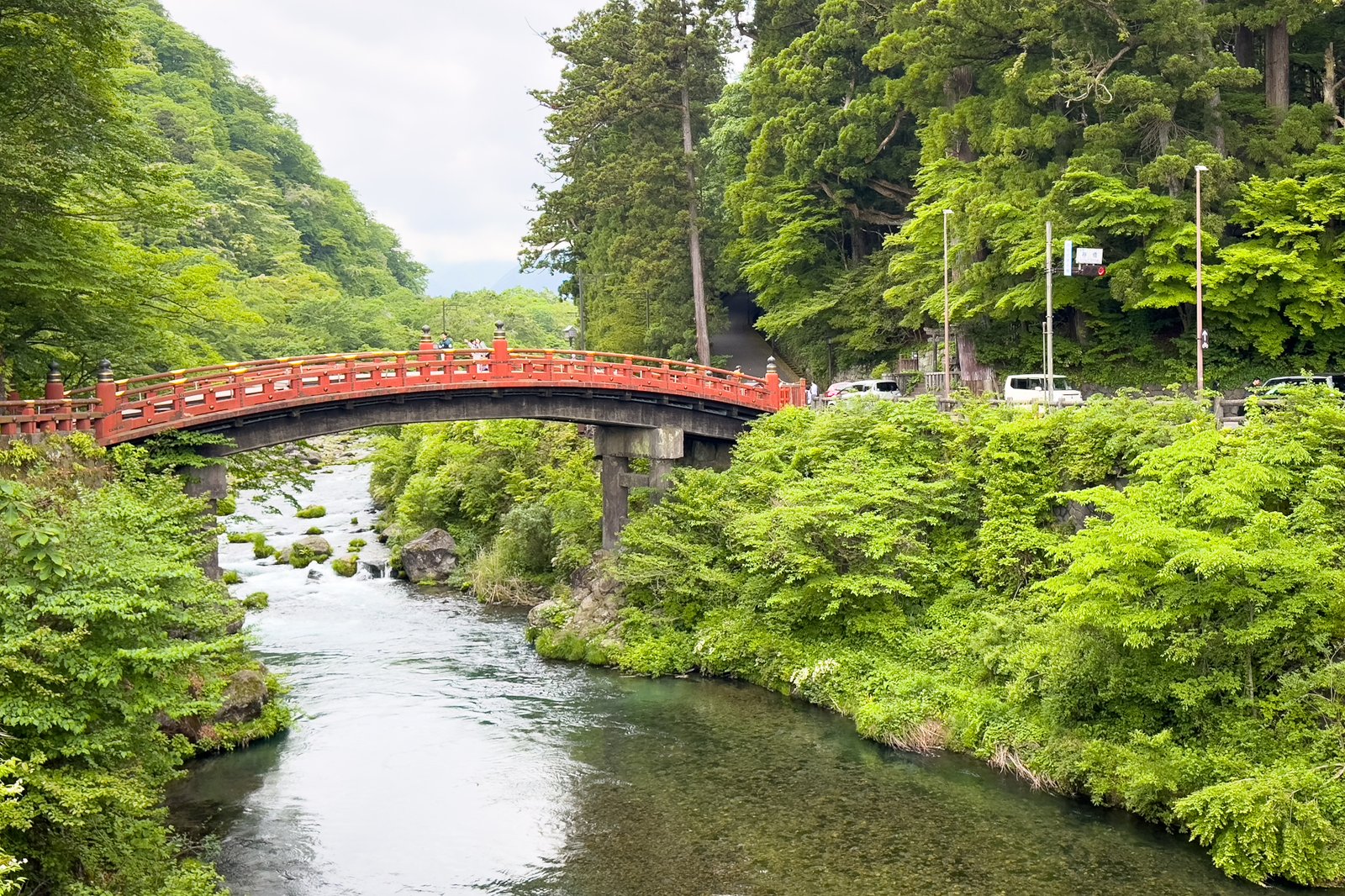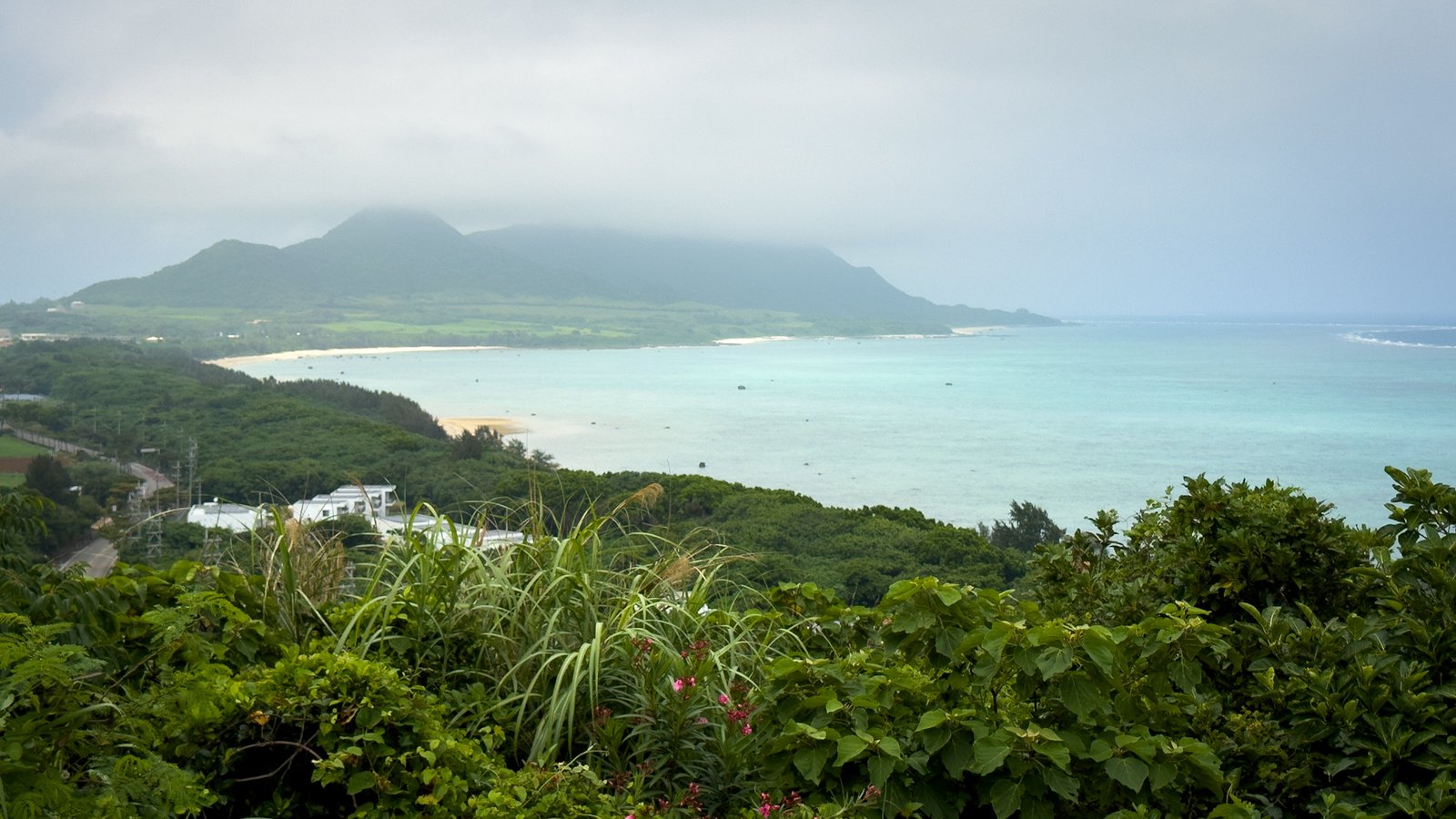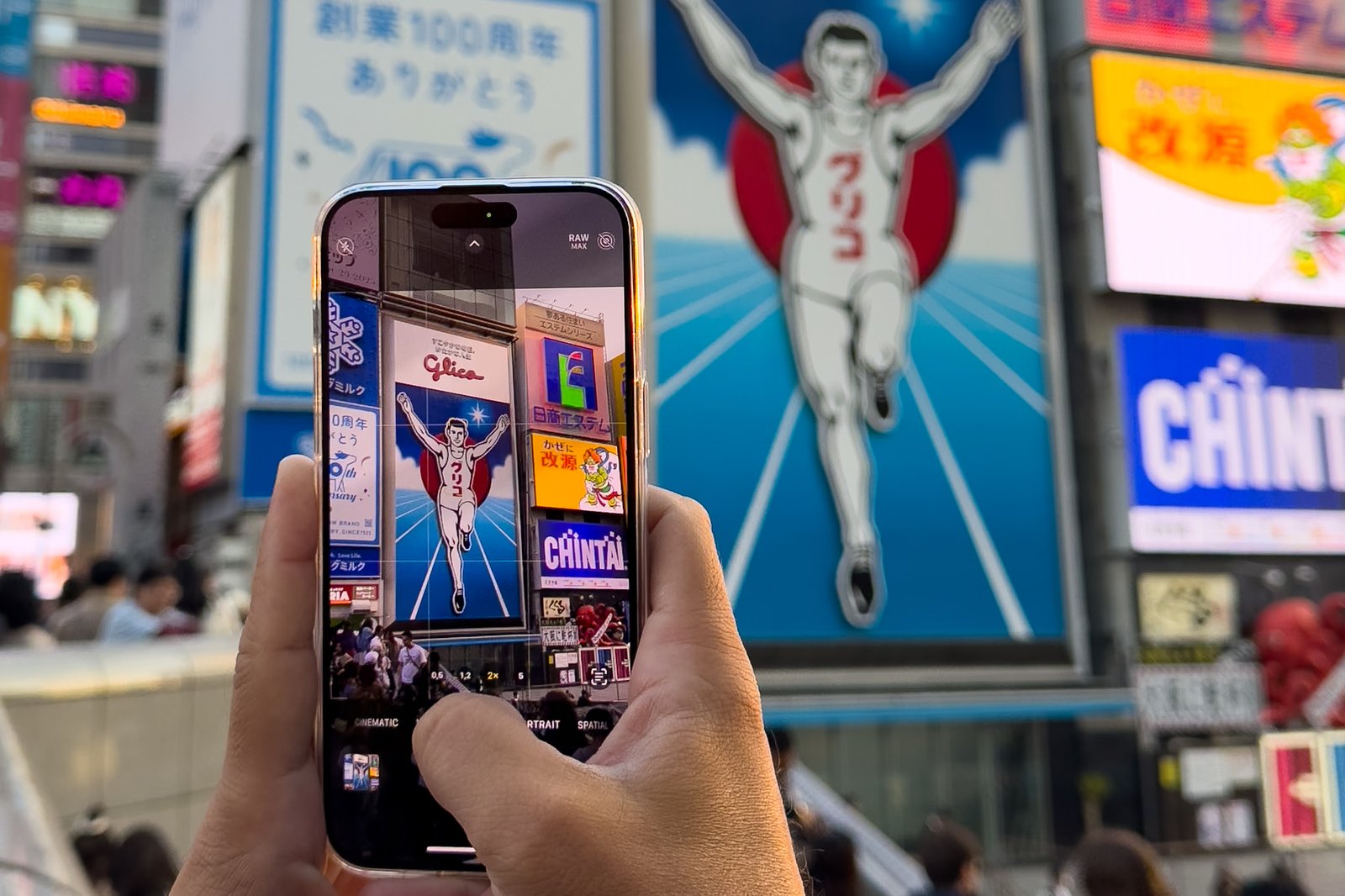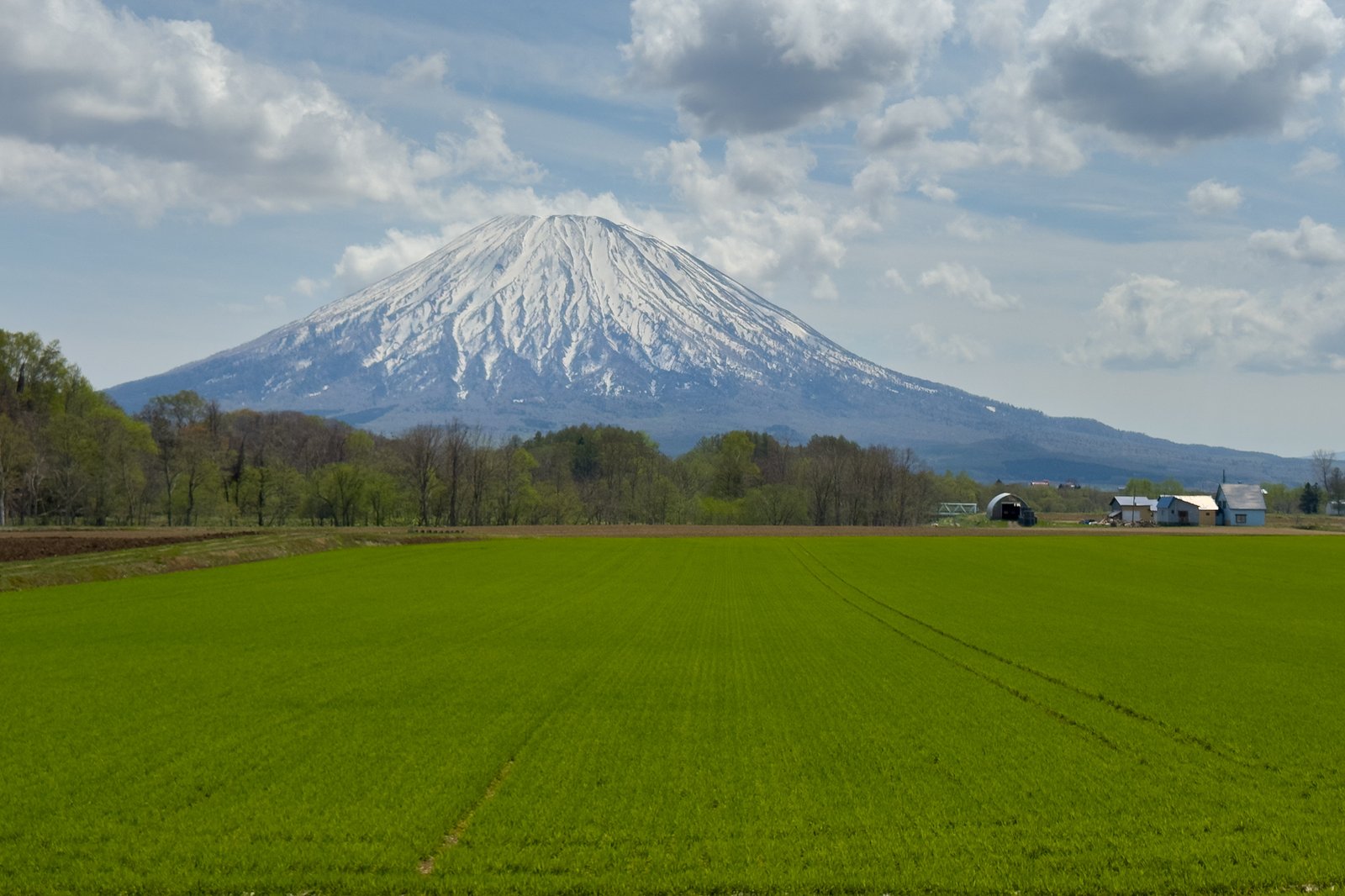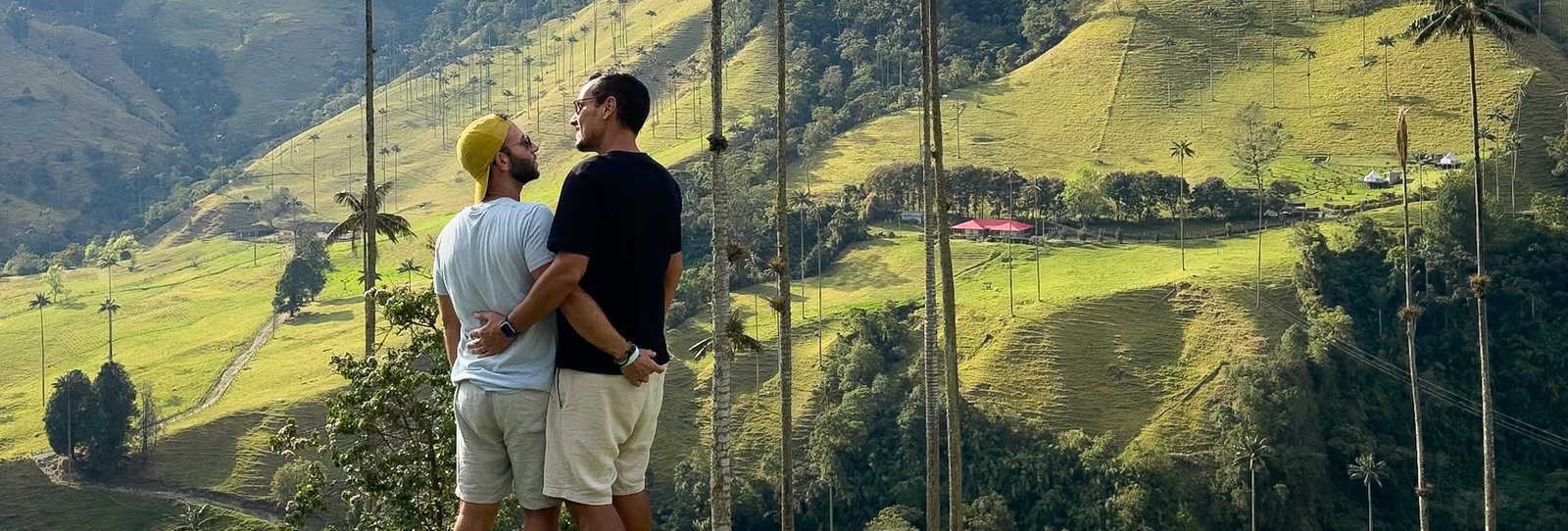Looking for things to do in Kanazawa? You’re in the right spot. Kanazawa was the second-to-last destination on our third trip to Japan, right before heading to Kobe. After visiting Nagano, which didn’t impress us much, our expectations for Kanazawa were high — and fortunately, they were exceeded. If you’re planning a trip through Honshu and want to know what to do in Kanazawa, stick around because we’ll tell you everything we discovered in this charming city full of history and incredible food.
Table of Contents
What to expect from Kanazawa
Kanazawa is a city that surprised us with its perfect balance between tradition and modernity. It has that historical side of Japan we love — with impeccable gardens, old samurai districts, and tranquil temples — but also a youthful energy, with shopping areas and relaxed izakayas where you can eat wonderfully well.
One of the things that stood out most was the area where we stayed: Tatemachi. It’s super central, within walking distance of the main attractions, and at night it transforms into a local meeting spot with plenty of options for snacks or a good dinner. If you’re looking for suggestions, check out where to stay in Kanazawa — it really makes a difference in your experience.
Kanazawa also has one of the most beautiful train stations in the country, which made a great first impression. The city breathes culture, and the best part is that almost everything can be done on foot, stress-free.
How much time do you need to visit Kanazawa?
Of course, this depends on your pace and personal interests, but for us, focusing on the main attractions within the city, two days (or rather, a two-night stay) was ideal. We arrived in the early afternoon, which gave us time to explore a bit that same day, and we still had a full day before continuing our journey.
If you’re thinking of visiting places outside Kanazawa, like the Shirakawa-go region or the Japanese Alps, you might want to add an extra night to your itinerary. But if your focus is the city itself, a well-organized day and a half is enough to absorb the essence of the place without rushing.
What to do in Kanazawa
Kanazawa Station
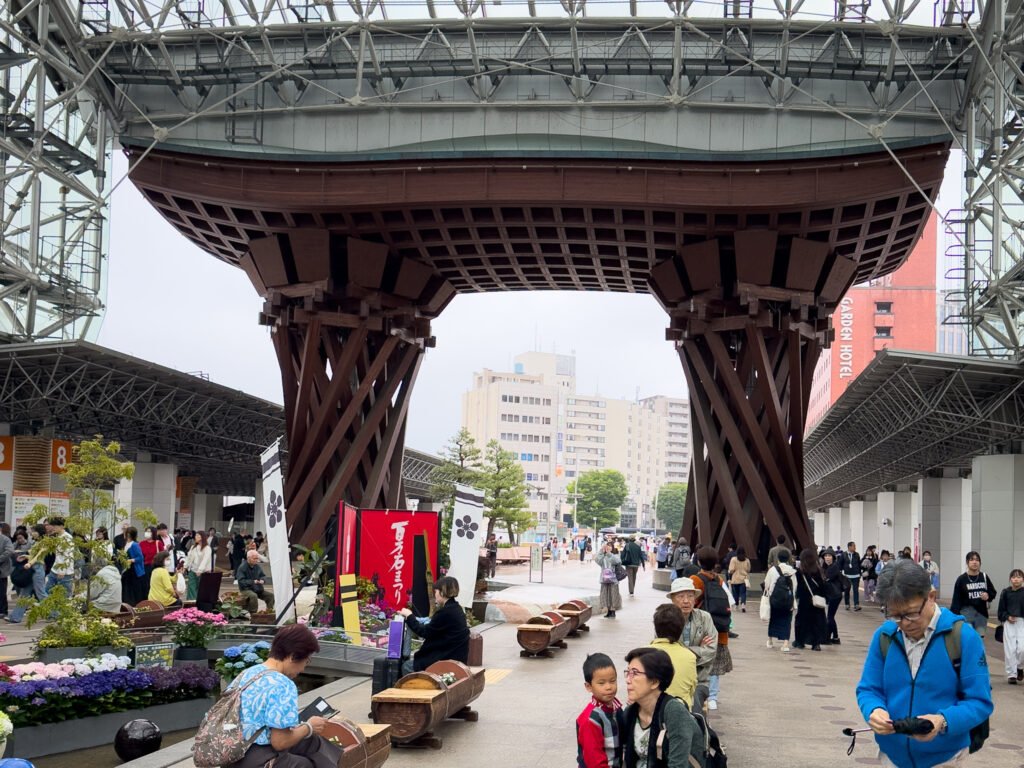
Even if you arrive by bullet train, it’s worth stopping to admire the station’s main entrance. The modern wooden torii is one of the city’s most striking images and symbolizes the fusion of tradition and innovation.
Tatemachi Street
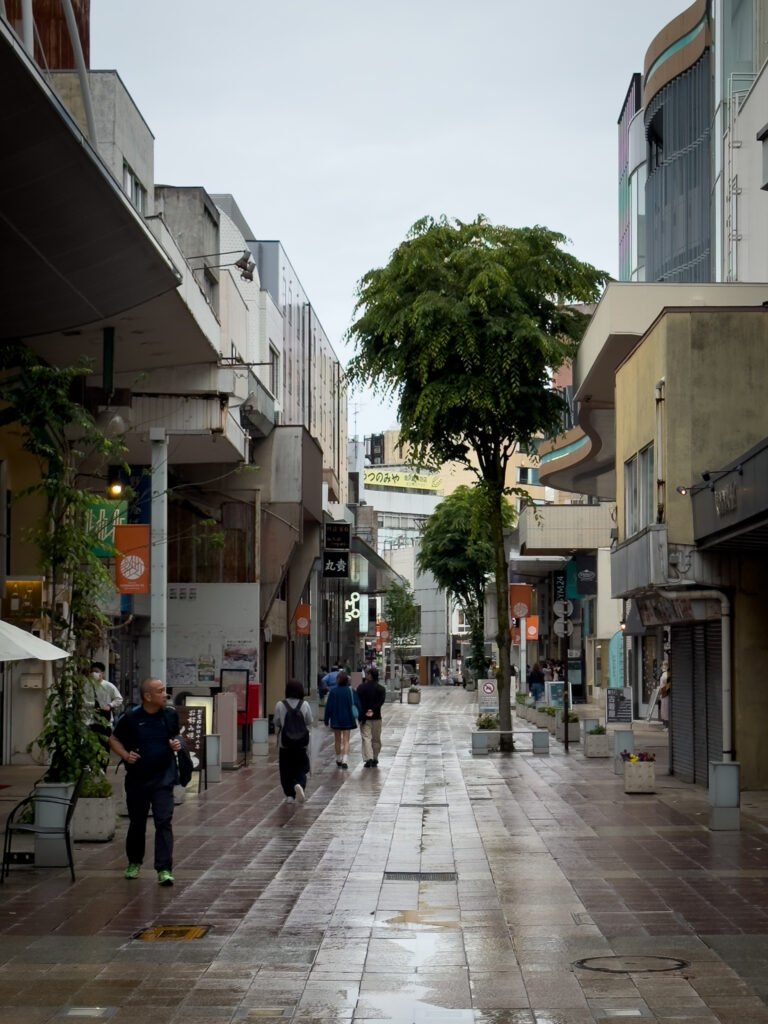
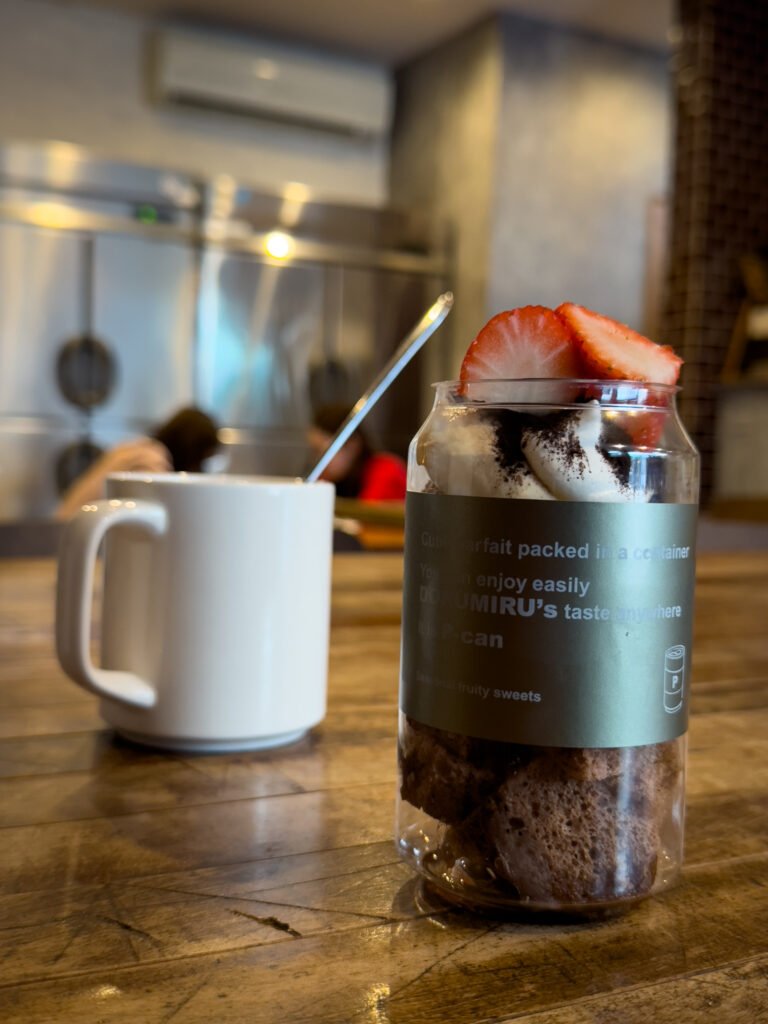
This is the area where we stayed in Kanazawa, and we loved it. The street is very central, with easy access to the main attractions, and is full of shops, cafes, and izakayas. It’s perfect for an evening stroll and choosing a place to have dinner.
Mogura Kitchen
Mogura Kitchen is a small shop that stood out for its canned cakes — yes, cakes in cans. It sounds strange, but they’re delicious and make for an original snack to take away.
Shintamanachi
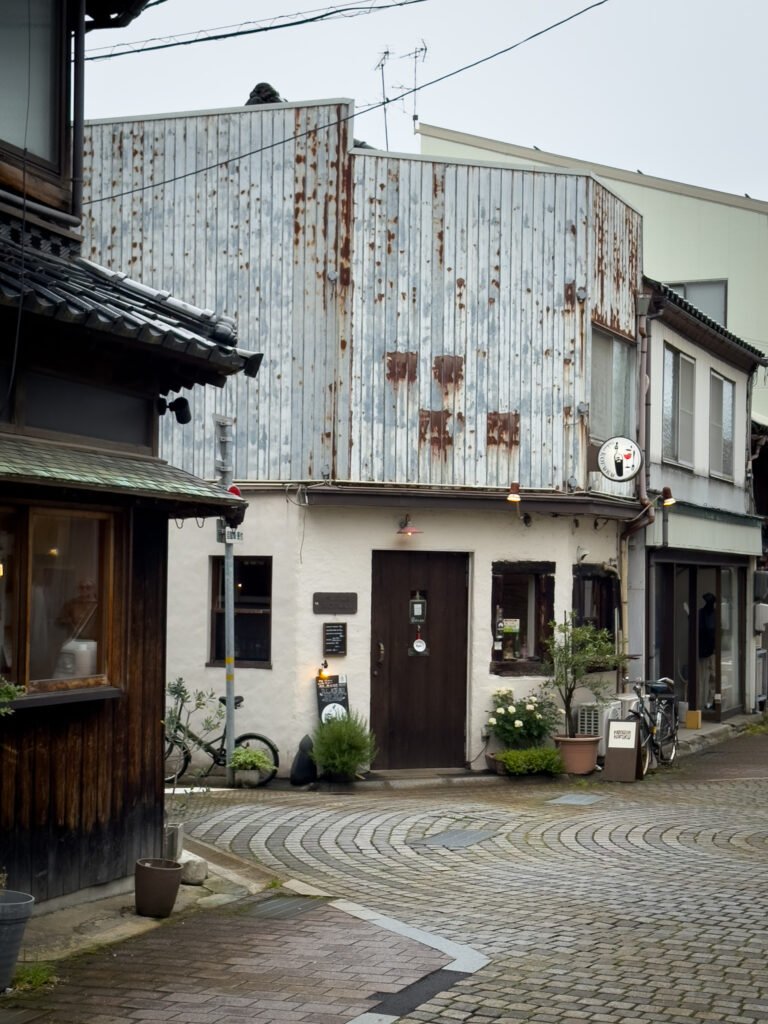
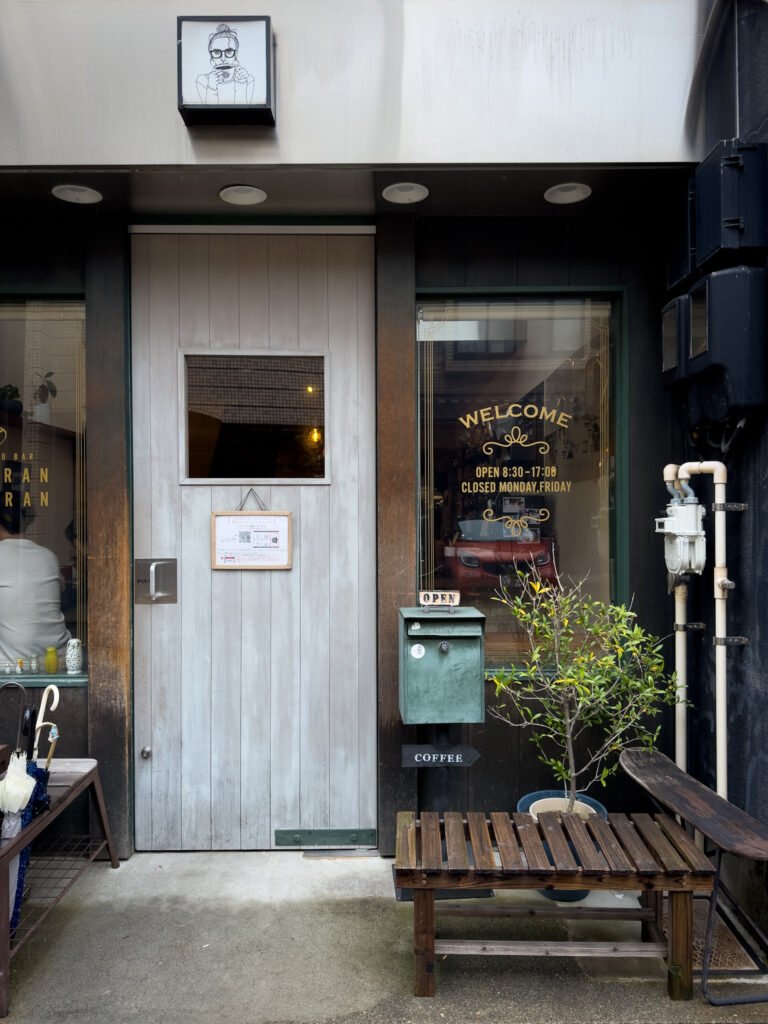
This is a traditional street that’s starting to gain new life with the emergence of more modern shops and cafes. One of the curious details was finding a cafe dedicated to Fernando Pessoa — a small example of how Kanazawa surprises.
Espresso Bar Kesaran Pasaran
If you like specialty coffee, Espresso Bar Kesaran Pasaran is worth a visit. It’s where we had one of the best espressos of our trip, served with attention to detail.
21st Century Museum of Contemporary Art
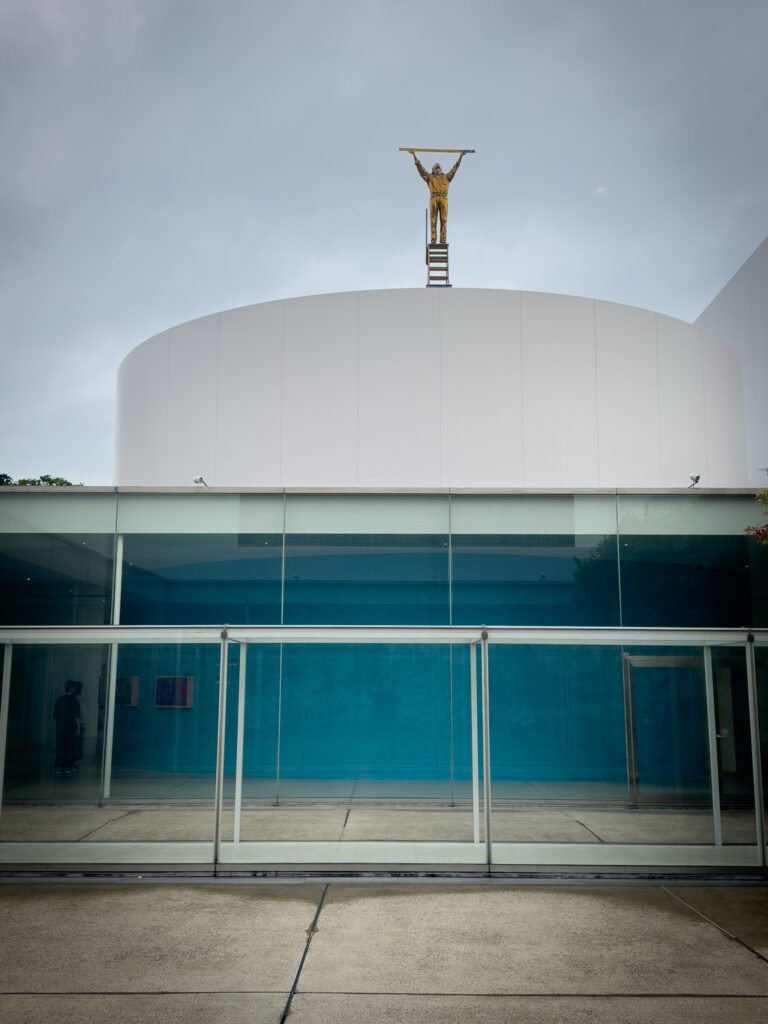

The 21st Century Museum of Contemporary Art is a must-stop if you like modern art. The building itself is impressive, with open spaces and interactive exhibitions. It’s also a good cultural break amid the city’s pace.
Kiguramachi – Izakaya Street
If you’re looking for a place to have dinner or just drink something in a typical Japanese setting, this street is ideal. One of our favorites was Kusamura, a cozy izakaya with excellent food and an authentic atmosphere. Book online to secure a spot.
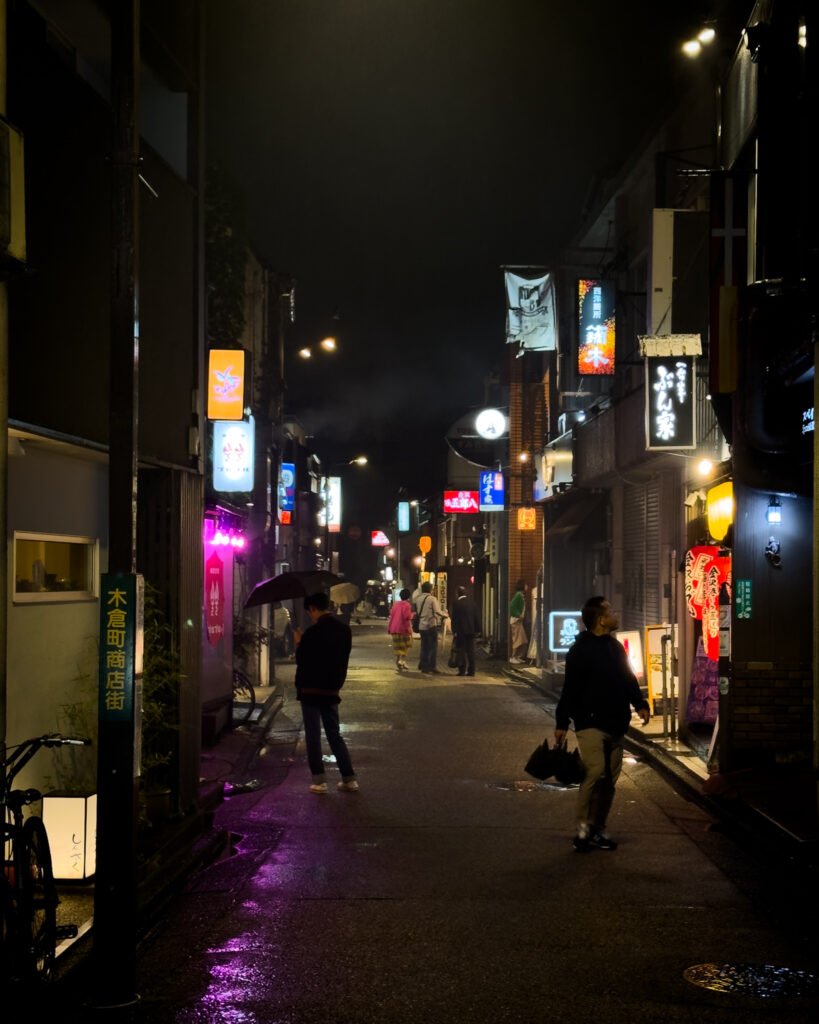

Kenroku-en
No visit to Kanazawa is complete without seeing Kenroku-en, one of Japan’s three most famous landscape gardens. We went early to avoid the crowds, and it was worth every minute — the garden is a spectacle of balance, with lakes, stone bridges, lanterns, and traditional teahouses that look like they’re out of a painting. It’s one of those places where you just want to stop and take it all in.
Kanazawa Castle

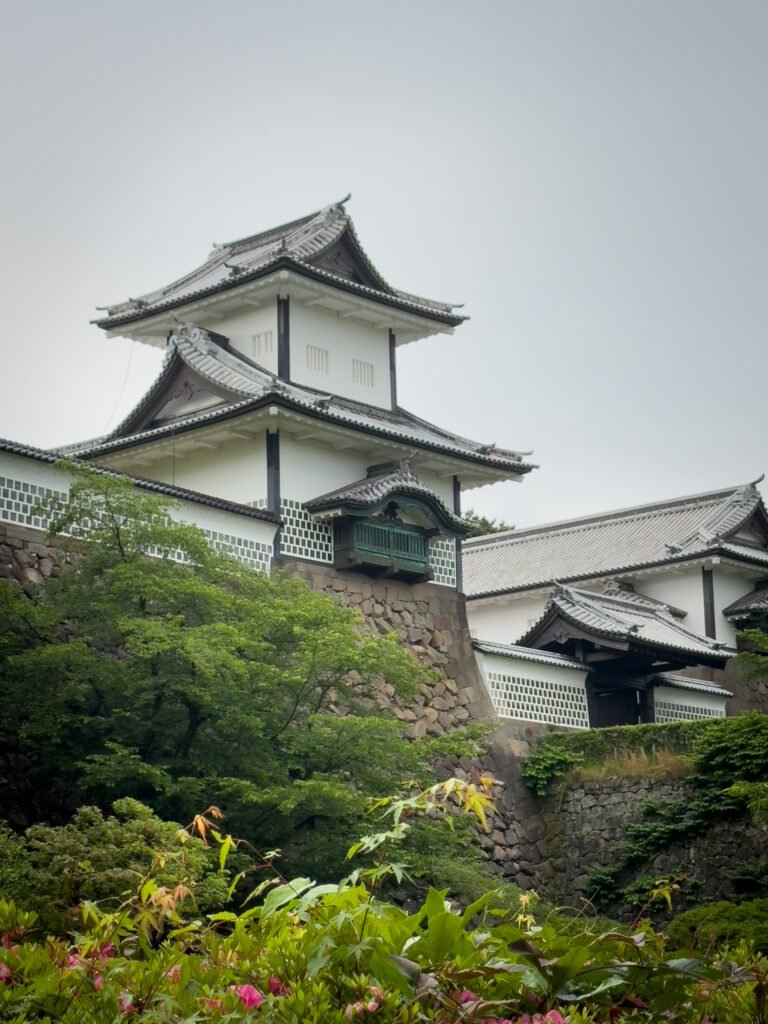
Right next to the garden is Kanazawa Castle, which is impossible to miss. The main entrance is imposing, and the surrounding area, including the walls and green spaces, is very well preserved. If you like Japanese history and feudal architecture, this is one of the city’s highlights.
Gyokusenin Maru Garden

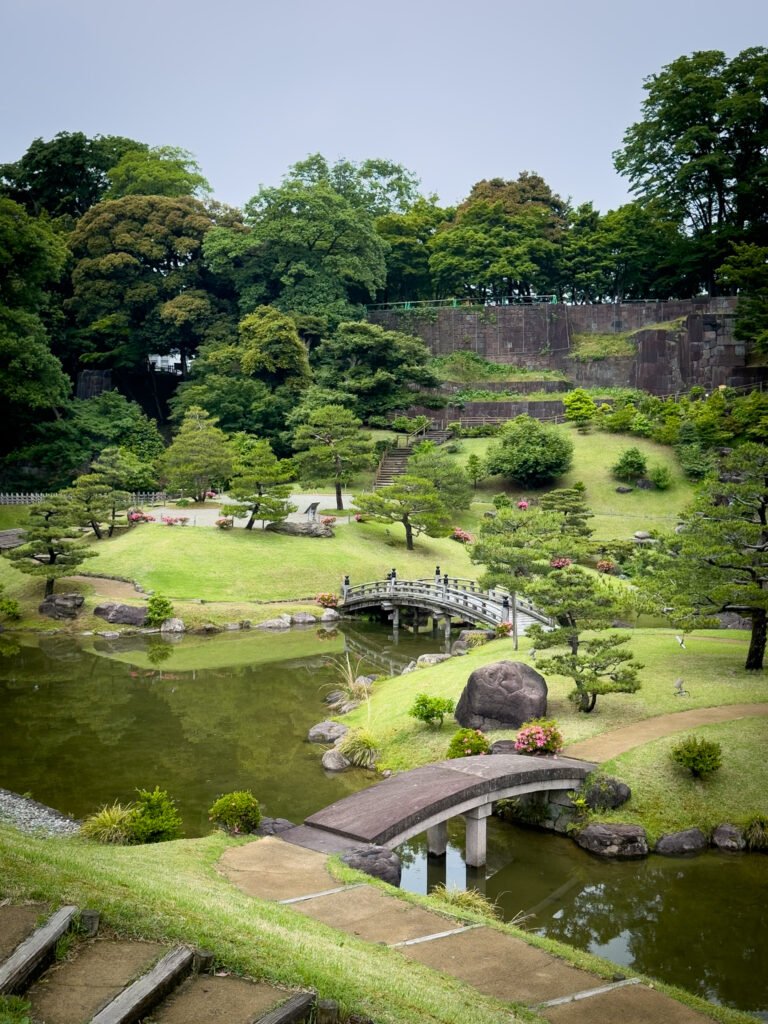
This small garden hidden within the castle complex was one of our favorite discoveries. The Gyokusenin Maru Garden is quieter and less visited, ideal for a break away from tourist groups. The scenery changes completely depending on the season.
Oyama Shrine Garden
We loved the unconventional entrance to Oyama Shrine, with its Western-inspired gate. The garden inside the shrine is small but very serene, great for resting and taking some unique photos. It’s on the way to other attractions, so it’s an easy and pleasant stop.
Blanket Cafe
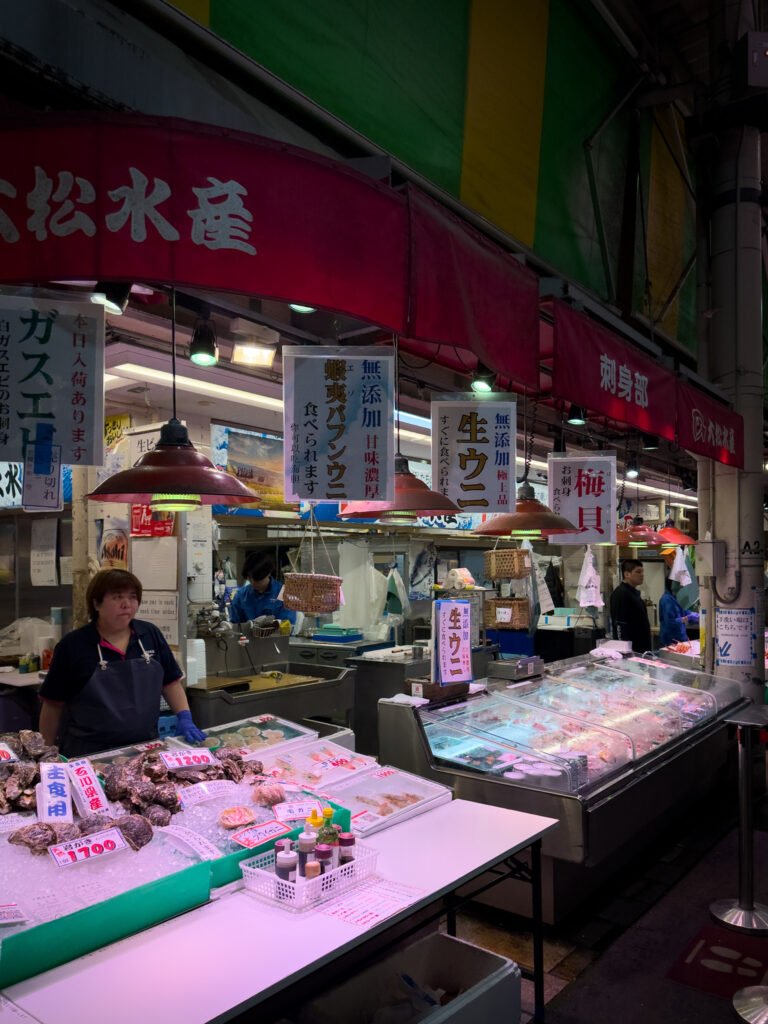
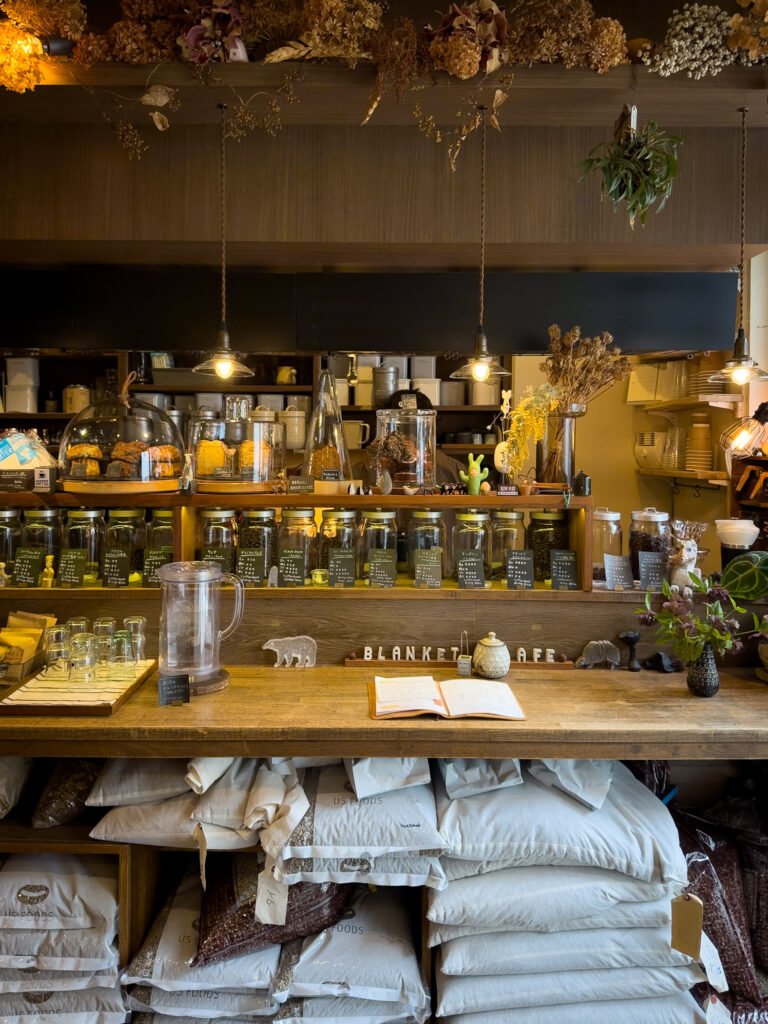
We stumbled upon Blanket Cafe almost by accident, and it was an incredible surprise. It’s a true coffee roaster with a calm atmosphere, super friendly service, and high-quality coffee — a rarity even in Japan. If you like cafes with soul, this one’s for you.
Omicho Market
The Omicho Market is the gastronomic heart of Kanazawa. We went in the late morning, and the atmosphere was already lively, with stalls of fresh fish, seafood, fruit, and local specialties. We tried sushi right at the counter and couldn’t resist the Japanese potato croquettes — surprisingly light and flavorful. A great spot for an informal and local lunch.
Higashi Chaya District
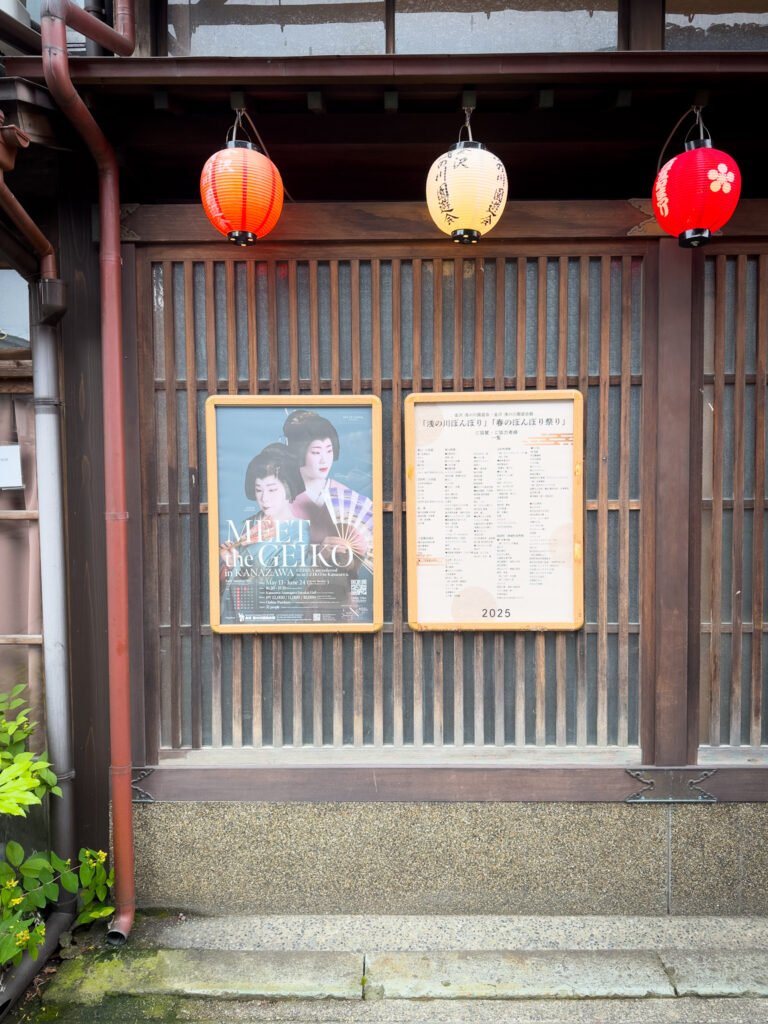
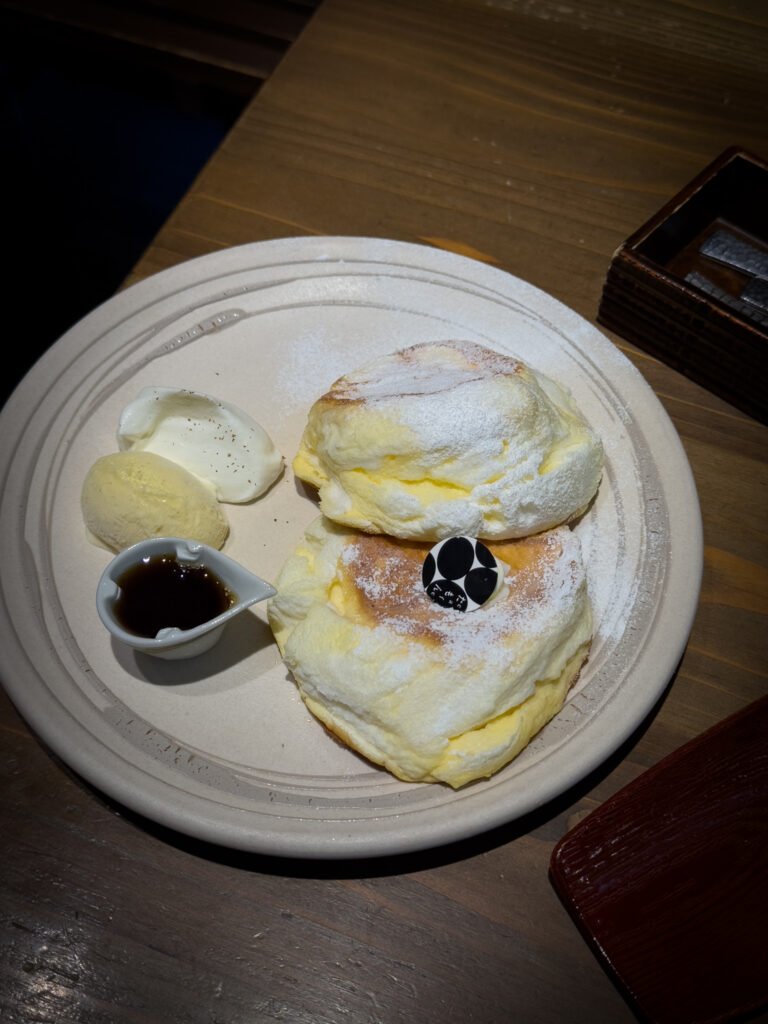
The traditional tea district of Higashi Chaya District is probably the most photogenic place in Kanazawa. The perfectly preserved wooden houses, street sounds, and nostalgic atmosphere transport you to another era. Seeing it in the late afternoon, with golden light, was one of the most beautiful moments of the trip.
Cafe Tamon
If you like pancakes, you can’t miss Cafe Tamon on your list of things to do in Kanazawa. It’s in a beautiful traditional house and serves the fluffiest Japanese pancakes we’ve ever had. The wait can be long, but it’s worth it — a comforting experience in a typical Kanazawa setting.
Nagamachi Samurai District (長町武家屋敷跡)
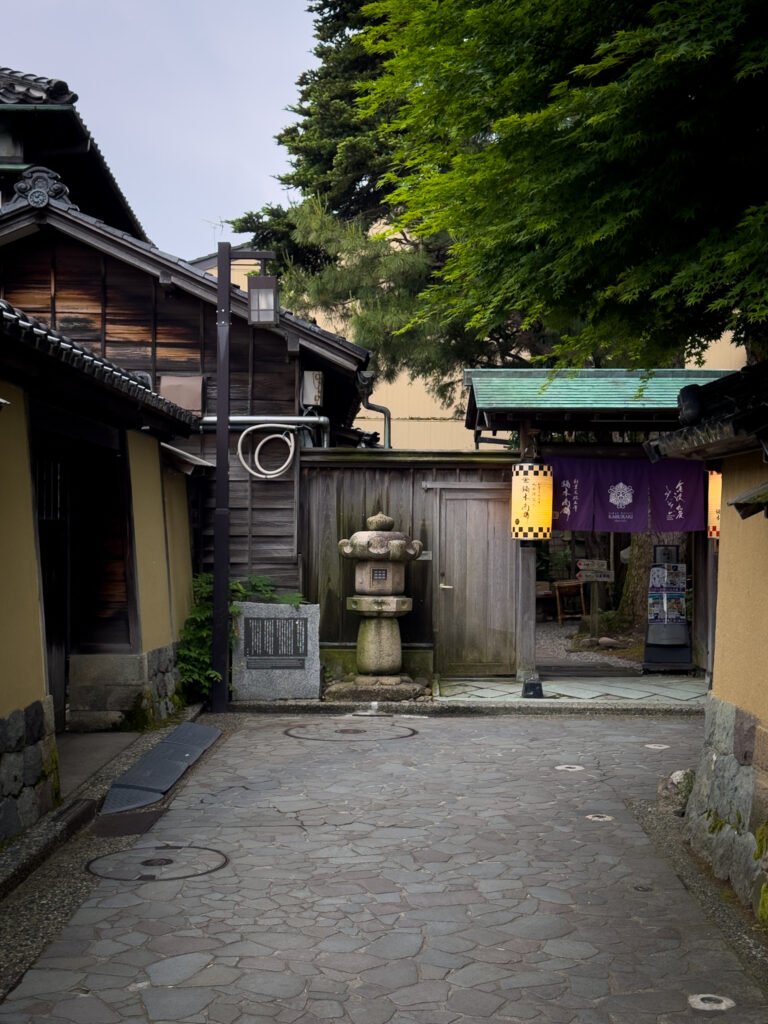
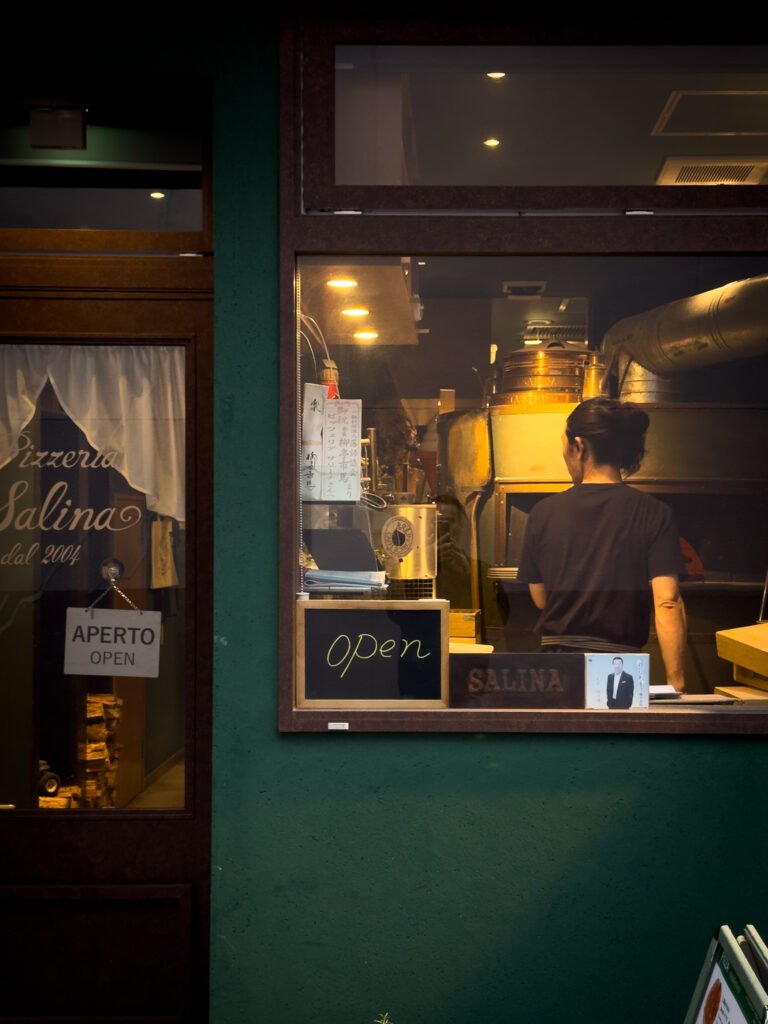
One of the most special walks in Kanazawa was through Nagamachi, the old samurai district. The narrow streets lined with earthen walls preserve the feudal atmosphere, and it’s easy to imagine what life was like there centuries ago. We visited one of the restored houses (some are open to the public) and found it fascinating to see the simplicity and elegance of the interiors. An unmissable area on your list of things to do in Kanazawa if you like history and want to experience the city’s most authentic side.
Salina (サリーナ)
After so many incredible Japanese flavors, we were in the mood for something different — and Salina was a delicious surprise. This pizzeria serves authentic Neapolitan pizza, with perfectly fermented dough and fresh ingredients. The space is cozy, the wood-fired oven dominates the room, and the service was excellent. Perfect for a more relaxed dinner without sacrificing quality.
Tips for visiting Kanazawa
- Arriving by Shinkansen: Kanazawa is served by the Hokuriku Shinkansen bullet train, with direct connections to Tokyo, Nagano, and other cities. This is how we arrived, coming from Nagano. The journey is comfortable, fast, and efficient.
- Buy tickets in advance: If you don’t have a JR Pass, it’s worth buying tickets online before your trip, especially during peak season. With a JR Pass, this route is included, and you don’t need to book as far in advance, but it can be helpful.
- Getting around the city: The train station is a bit far from the main attractions. Buses are the most practical way to get around. If you have a JR Pass, JR buses are included. Otherwise, use an IC card like Suica, Pasmo, or ICOCA.
- Kanazawa has many rainy days: Even if the day seems clear, it’s worth carrying a small umbrella. The city has a high average of rainy days throughout the year.
FAQs: Frequently asked questions about what to do in Kanazawa
Is Kanazawa worth visiting?
Yes, Kanazawa is a surprising and authentic city with a rare balance between tradition and modernity. From historic gardens like Kenroku-en to younger, creative areas like Tatemachi, the city has much to offer — and almost everything can be done on foot.
How many days should I stay in Kanazawa?
Two full days (two nights) is ideal, especially if you want to explore the main attractions at a relaxed pace. If you’re thinking of including a trip to Shirakawa-go or other nearby areas, consider adding an extra night.
Is Kanazawa a good city for walking?
Yes! One of Kanazawa’s great advantages is that it’s very walkable. The main attractions — like Kenroku-en, the Castle, the historic districts, and museums — are all relatively close to each other.
Where is the best place to stay in Kanazawa?
Staying in a central area like Tatemachi makes all the difference. You’re close to attractions, interesting restaurants, and cafes. At night, the area comes alive with various izakayas and great snack options.
What are the must-see attractions in Kanazawa?
You can’t miss Kenroku-en Garden, Kanazawa Castle, the 21st Century Museum of Contemporary Art, JR Station, Omicho Market, and traditional streets like Shintamanachi and Kiguramachi.
Is Kanazawa good for food lovers?
Absolutely. From fresh fish at Omicho Market to typical izakayas in Kiguramachi and specialty cafes like Blanket Cafe or Espresso Bar Kesaran Pasaran, there are options for all tastes.



